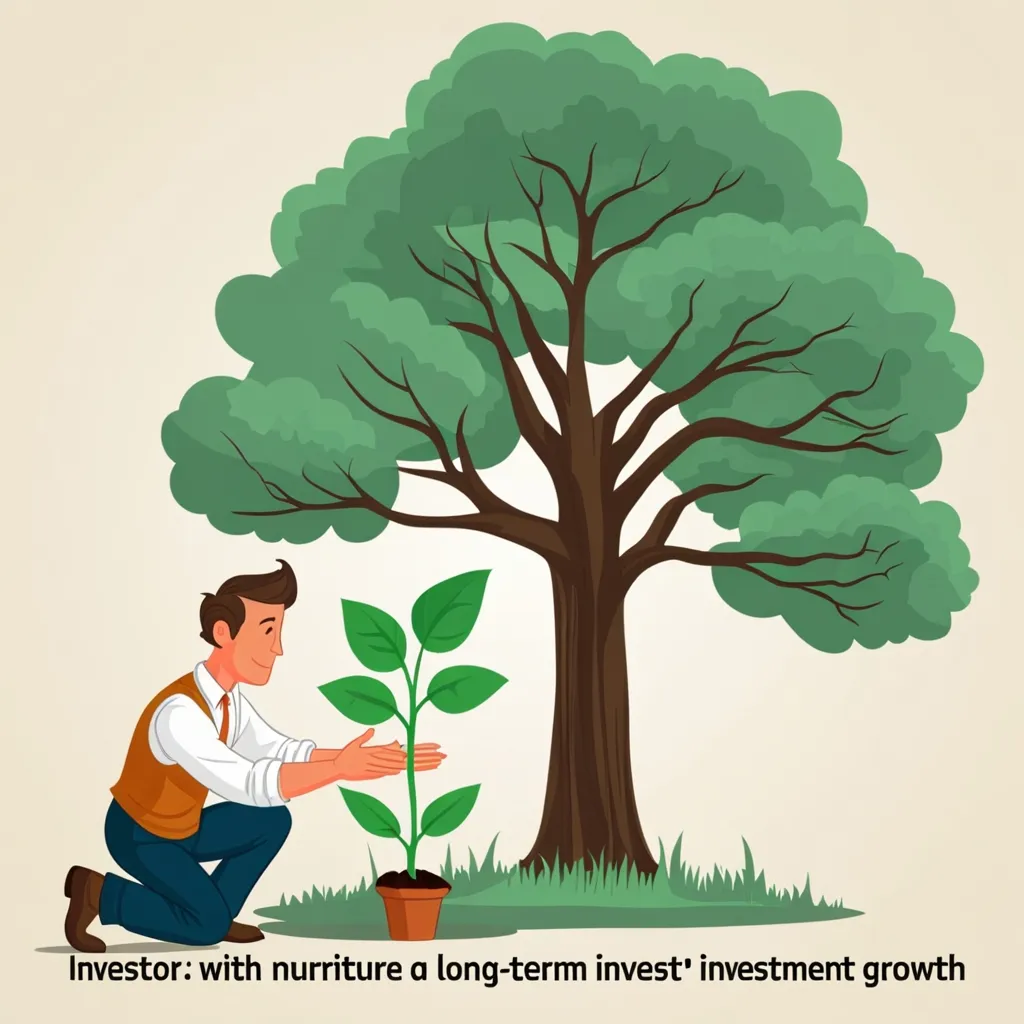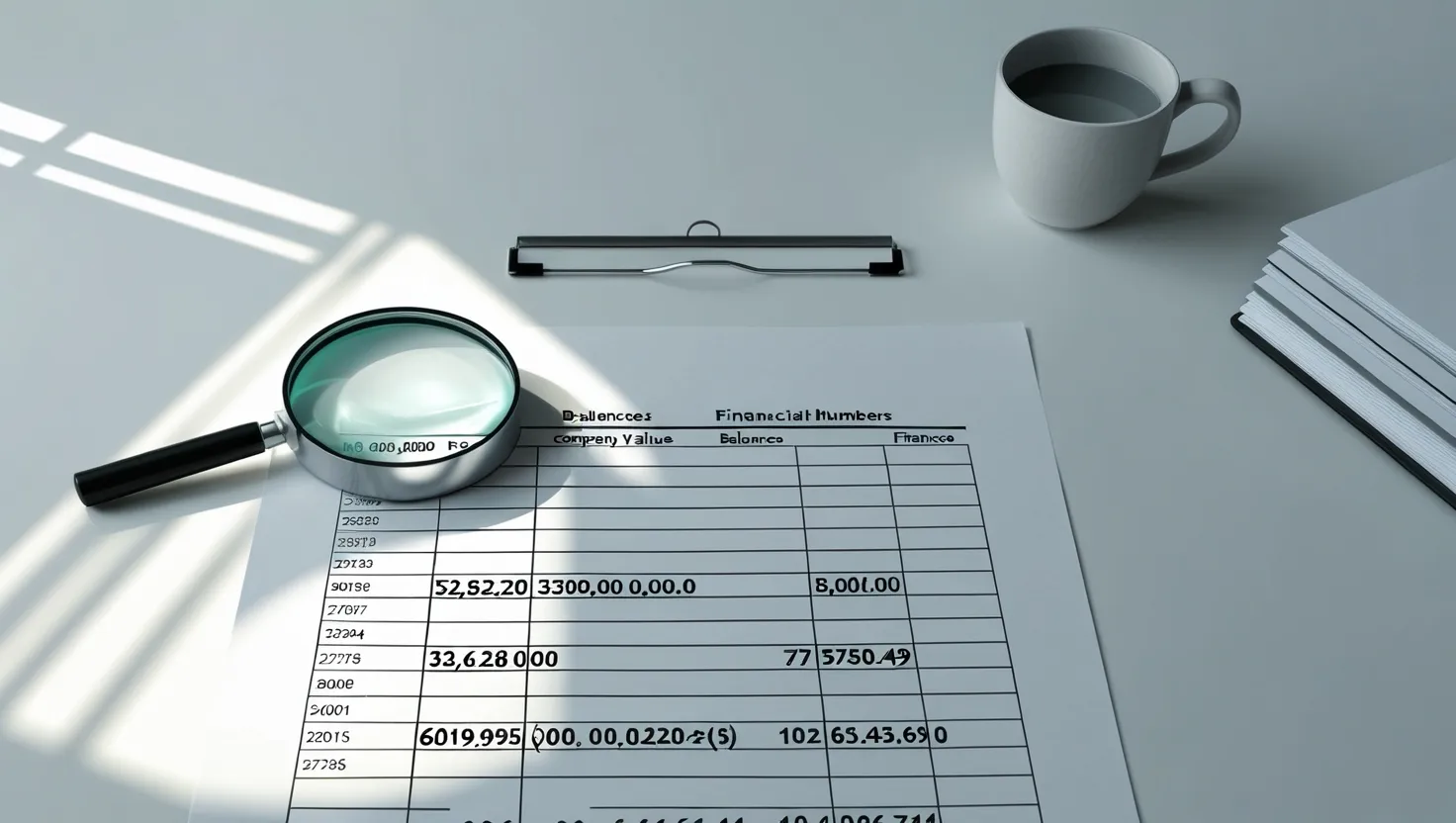When it comes to value investing, one of the most critical concepts is the idea of a company’s “economic moat.” This term, popularized by Warren Buffett, refers to the sustainable competitive advantages that protect a company’s market position and profitability over time. As an investor, understanding and assessing these moats is crucial for making informed decisions. Here, we’ll explore five key financial metrics that can help you evaluate a company’s moat and make smarter investment choices.
The Concept of Moat
Before we dive into the metrics, it’s essential to grasp what a moat really means. Imagine a medieval castle surrounded by a moat – it’s a barrier that protects the castle from invaders. In the business world, this barrier could be anything from high switching costs for customers to a significant cost advantage over competitors. Companies with strong moats are better equipped to fend off competition and maintain their market leadership.
Earnings Consistency
One of the first metrics to look at is earnings consistency. A company that has demonstrated stable and growing earnings over an extended period, typically a decade or more, is likely to have a strong moat. This consistency indicates that the company has been able to maintain its competitive position and profitability despite changing market conditions. Think of it like a steady ship in turbulent waters – if a company can keep its earnings on track through various economic cycles, it’s a good sign that its moat is robust.
For instance, consider a company like Alphabet Inc., the parent of Google. Over the years, Alphabet has consistently shown strong earnings growth, which is a testament to its durable competitive advantages in search, digital advertising, and other emerging technologies. This consistency is not just a fluke; it’s a result of the company’s ability to maintain its market leadership.
Return on Equity (ROE)
Return on Equity (ROE) is another vital metric for assessing a company’s moat. ROE measures how efficiently a company uses its equity to generate profits. A consistently high ROE, typically above 15% over a ten-year period, suggests that a company has a sustainable competitive advantage. This metric tells you whether the company is generating strong profits from its shareholders’ equity.
To put this into perspective, imagine you invested in a company that consistently returns 15% or more on its equity year after year. This would indicate that the company is not just profitable but also highly efficient in using its capital to drive growth. Such companies are more likely to have a wide moat that protects their profitability.
Return on Total Capital (ROTC)
Closely related to ROE is the Return on Total Capital (ROTC), which measures how efficiently a company uses both its equity and debt capital to generate profits. A high and consistent ROTC, ideally above 12% over a ten-year period, indicates that the company is efficiently using all its capital to drive profitability. This metric provides a more comprehensive view of a company’s financial health and its ability to sustain its competitive advantage.
For example, a company with a high ROTC might be able to invest in new technologies or expand into new markets more effectively than its competitors. This ability to leverage both equity and debt capital efficiently is a strong indicator of a durable moat.
Cost Advantage
A cost advantage is another significant source of a company’s moat. Companies that can produce and offer products or services at lower costs than their competitors often achieve higher profit margins. This cost advantage can be due to various factors such as economies of scale, lower distribution and manufacturing costs, or access to cheaper raw materials.
Consider a company like Walmart, which has built its business model around being the low-cost leader in retail. Walmart’s ability to keep costs low allows it to undercut competitors on price while still earning similar margins. This cost advantage is a powerful moat that has helped Walmart maintain its market leadership for decades.
Switching Costs
Switching costs refer to the expenses and inconveniences that customers face when switching from one product or service to another. Companies with high switching costs have a significant moat because customers are less likely to switch to competitors. These costs can be financial, such as the cost of canceling a contract, or they can be more intangible, like the time and effort required to learn a new system.
For instance, think about a software company like Microsoft. Once businesses and individuals invest in Microsoft’s ecosystem, switching to a different software suite becomes costly and time-consuming. This high switching cost acts as a strong barrier to entry for competitors, protecting Microsoft’s market position.
Efficient Scale
Efficient scale refers to the ability of a company to achieve economies of scale that are difficult for competitors to replicate. This can be due to the company’s size, its market position, or its operational efficiency. Companies with efficient scale often have a narrow moat, meaning their competitive advantage is expected to last for at least 10 years but is uncertain beyond that.
To illustrate, consider a company like Amazon. Amazon’s massive scale and efficient logistics network make it difficult for competitors to match its prices and delivery times. While this scale provides a significant competitive advantage, it is not as durable as some other moats, such as those based on switching costs or cost leadership.
Practical Application
So, how do you incorporate these metrics into your investment decision-making process? The first step is to conduct a thorough qualitative analysis of the company. Look for characteristics such as brand strength, network effects, and regulatory barriers that could contribute to its moat.
Next, use the financial metrics discussed above to quantify the company’s competitive advantage. For example, if a company has consistently high ROE and ROTC, and it operates in an industry where switching costs are high, it’s likely to have a wide moat.
Finally, consider the sustainability of the company’s moat. Ask yourself whether the company’s competitive advantages are likely to persist over the long term. If the answer is yes, then the company is a strong candidate for your investment portfolio.
Conclusion
Assessing a company’s moat is not just about looking at a few financial metrics; it’s about understanding the underlying competitive advantages that protect its market position and profitability. By focusing on earnings consistency, ROE, ROTC, cost advantage, switching costs, and efficient scale, you can gain a deeper insight into whether a company has a sustainable moat.
In the world of value investing, these metrics are your tools for identifying companies that are likely to deliver strong returns over the long term. They help you distinguish between companies that are merely profitable and those that have the durable competitive advantages necessary to maintain their market leadership.
As you embark on your investment journey, remember that a strong moat is not just a defensive mechanism; it’s a foundation for long-term growth and profitability. By carefully evaluating these metrics, you can make more informed investment decisions and build a portfolio that is resilient and profitable in the long run.






